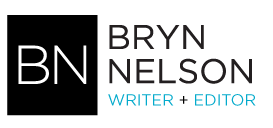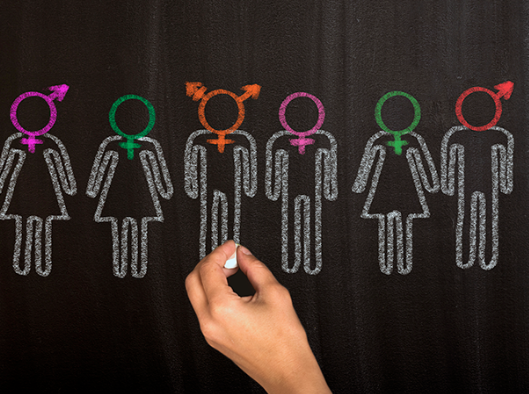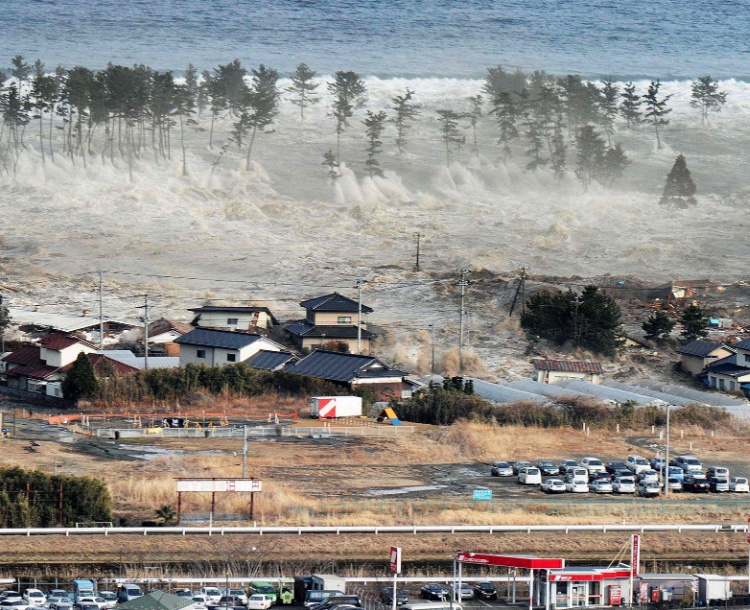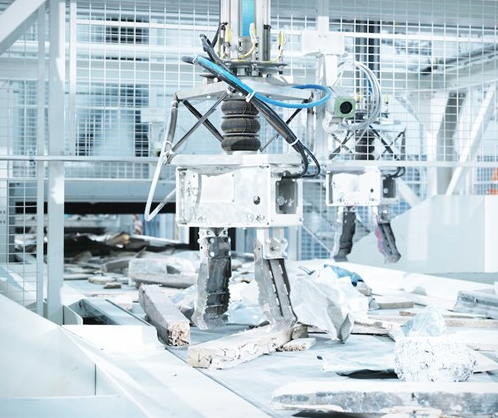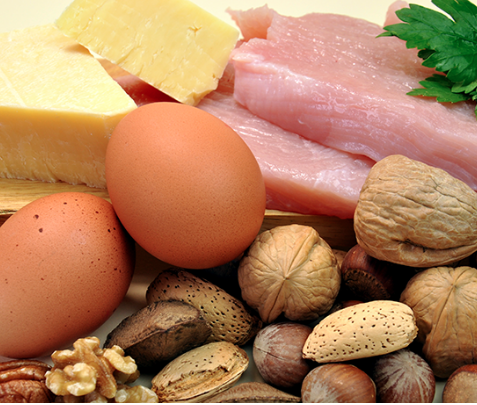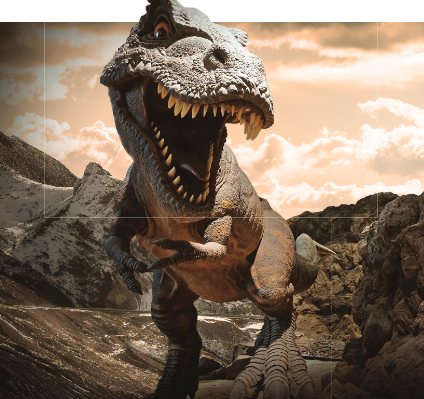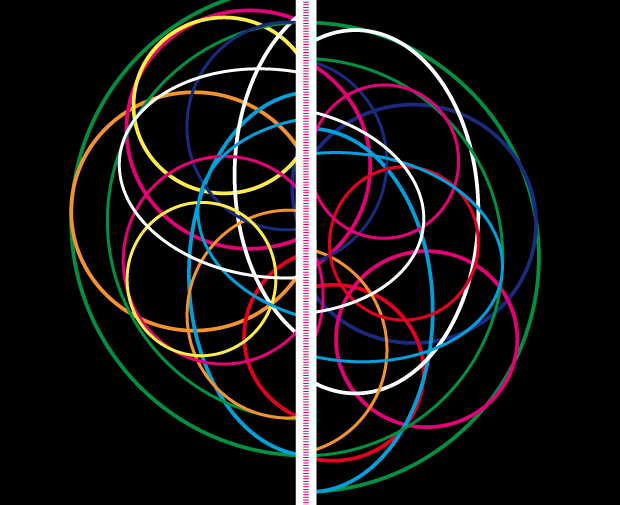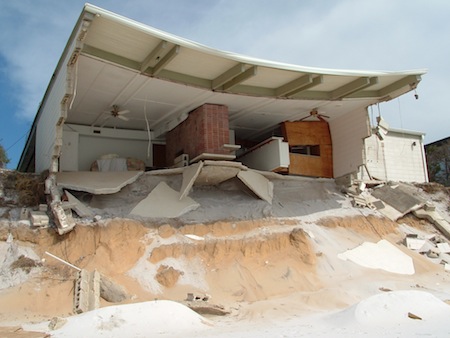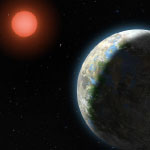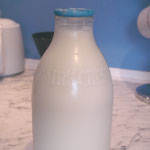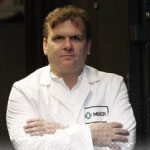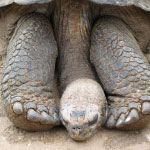 Science
Science
The quest to improve our tsunami warning systems. The fight to save the Pinta tortoise from oblivion. The rise of predatory journals. A rabble-rouser’s shakeup of systems biology. Whether focusing on seismology, conservation biology or synthetic biology, my goal is to clearly articulate the significance and context of new advances, challenges and controversies. My work has appeared in publications like Scientific American, Nature, Nature Reports Stem Cells, Science News, Science News for Kids, NBCNews.com, Newsday and Chemical Heritage.
Featured Stories
Proud to be different in STEM
Science News for Students, May 14, 2019
LGBTQ+ scientists and engineers are coming out and becoming visible to support the next generation.
Our tsunami warning system is faulty. Can these scientists fix it?
NBCNews.com, May 17, 2018
In the open ocean, tsunamis race along at speeds of up to 500 miles per hour. So while distant coasts might have hours of advance warning, coastal areas near the epicenter of a tsunami-triggering quake can be inundated within minutes. Emerging technologies promise faster, more reliable life-saving alerts.
How robots are reshaping one of the dirtiest, most dangerous jobs
NBCNews.com, April 17, 2018
New recycling robots are just as accurate as human workers and up to twice as fast. With continued improvements in the bots’ ability to spot and extract specific objects, they could become a formidable new force in the effort to divert tens of millions of tons of recyclable materials from landfills or incinerators every year.
Cool jobs: Puzzling over proteins to study life and death
Science News for Students, Sept. 28, 2017
Three research groups are discovering how tiny machines power cells, people and other animals.
Rise of the predators
Cancer Cytopathology, April 4, 2016
Business is booming in the murky global market of suspect and sham publishers and journals (Part 1 of a 3-part series on the origins, impacts, and opponents of predatory journals).
Synthetic biology: Cultural divide
Nature, May 7, 2014
Synthetic biology is facing a tug of war over whether to patent its discoveries or embrace open-source innovation.
Natural disasters: A calculated risk
NatureJobs, March 13, 2013
Scientists and engineers with an analytical bent are increasingly sought after in natural-hazard risk assessment.
Black plants and twilight zones
Scientific American, December, 2010
Astronomers have long searched for a planet that could harbor life outside our solar system. When reports came in earlier this fall of the not too hot, not too cold exoplanet Gliese 581g, it was like the answer to a dream.
The lingering heat over pasteurized milk
Chemical Heritage Magazine, Spring, 2009
In the 16 March 1907 issue, The Outlook asked its New York City readers, ‘Should the city cook its milk?’ Forty-five years had passed since a French chemist named Louis Pasteur tested the heating process that would eventually bear his name. More than a century later the uncertainty of this question still reverberates through farmers’ markets and online forums as public health officials and consumers battle over safety, nutrition, and taste.
Personal genomes: A disruptive personality, disrupted
Nature, November 5, 2008
In need of an escape from the mental gymnastics of hardcore genome analysis, Eric Schadt, executive scientific director of research genetics for Rosetta Inpharmatics, is clear about what works for him — careering down a steep mountainside on a snowboard.
Tortoise genes and island beings [PDF]
Science News, November 10, 2007
Not far from where the Galápagos Islands’ most famous loner spends his days, tourists disembark by the inflatable boatload at a modern dock. A path takes them past marine iguanas sneezing brine from their salt-caked nostrils and striated herons roosting in the red mangroves to the Charles Darwin Research Station in Puerto Ayora on Santa Cruz Island. Within the station, another walkway leads to a natural enclosure sheltering a misanthropic Galápagos tortoise named Lonesome George.Additional Stories
Big buzzword on campus: Is ‘convergence’ a revolution in science or simply jargon?
Scientific American, July 18, 2011
Researchers push for a fuller integration of life, engineering and physical sciences.
Building blocks
NatureJobs, December 2, 2009
The growing allure of synthetic biology.
Data sharing: Empty archives
Nature, September 9, 2009
Why many scientists choose not to share.
Scientists look to sperm to power nanobots
MSNBC.com, January 2, 2008
How the motor behind the whip-like tail of sperm could power nanobots.
